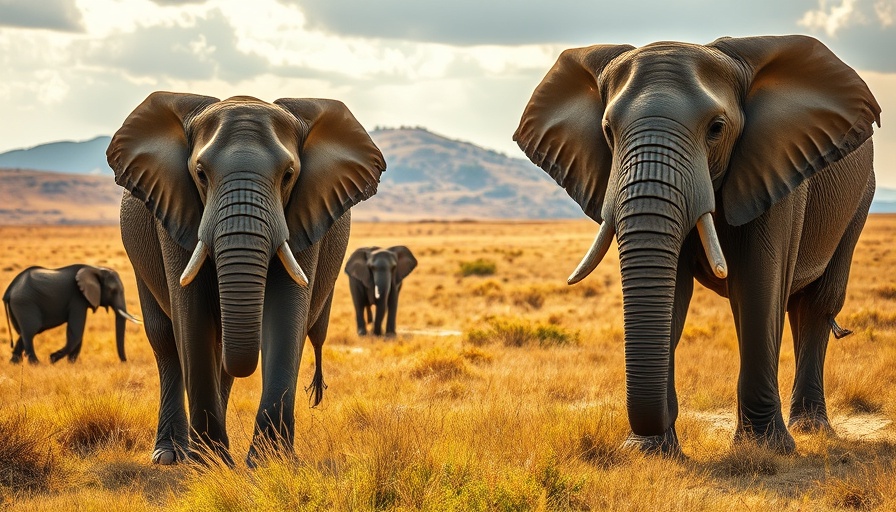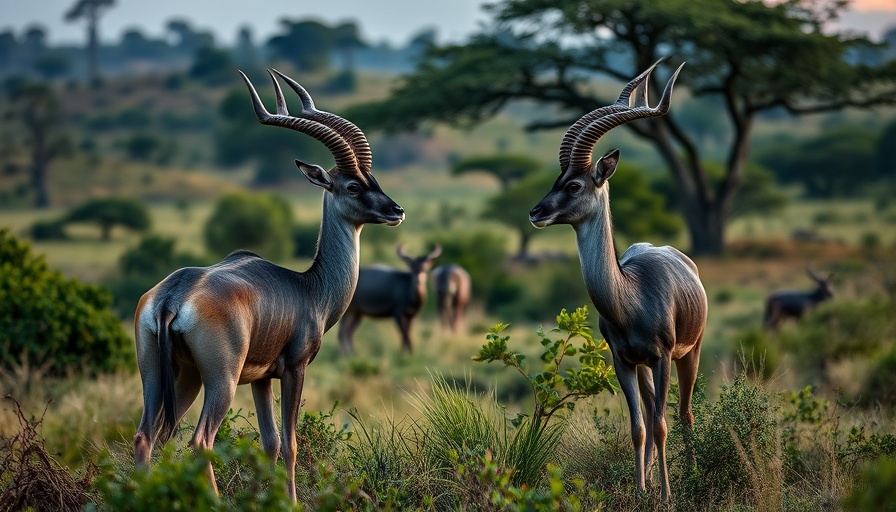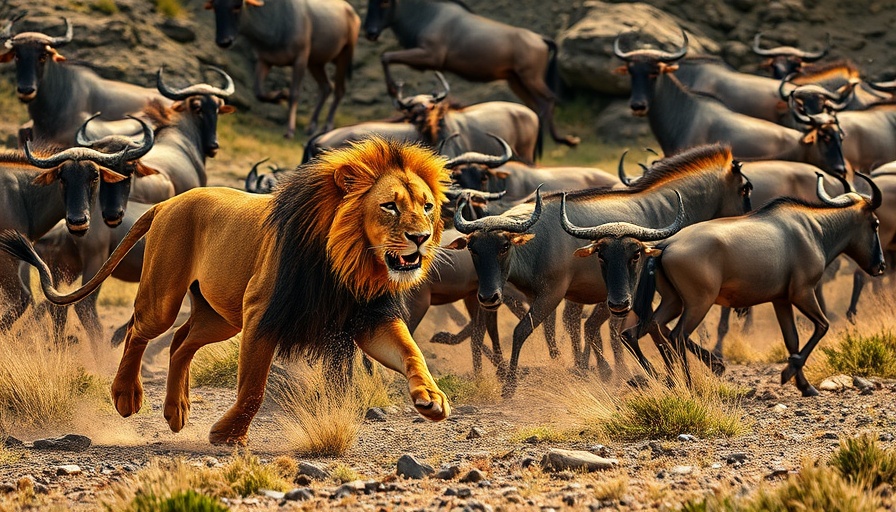
A Renewed Hope in Niokolo-Koba National Park
On June 18, 2025, a significant moment was documented in Senegal's Niokolo-Koba National Park when a rare elephant, fondly named Ousmane, was spotted on camera for the first time in six years. This sighting is not just a fleeting glimpse of wildlife; it symbolizes the hope for the preservation of a species once on the brink of disappearance in the region. With estimates suggesting that only five to ten elephants were left as of 2019, this sighting of Ousmane, a bull estimated to be between 35 and 40 years old, reignites the spirit of conservationists advocating for the park's wildlife.
The Significance of Ousmane's Return
For many years, the absence of elephant sightings led to widespread concern over the population's survival. Conservation efforts at Niokolo-Koba, which include the installation of camera traps by the nonprofit organization Panthera and collaboration with Senegal’s National Parks Directorate, are pivotal in gathering vital data to revive this ecosystem. Philipp Henschel, the regional director for West and Central Africa at Panthera, remarked, “This video reignited hope that elephants are in the park.” The sighting of Ousmane not only tells us there may be more elephants lurking in the shadows of the forest but also serves as a beacon of hope for a broader conservation narrative.
Lessons from South African Conservation Efforts
This recent event in Senegal echoes a larger conversation in wildlife conservation, especially reflecting on the inclusive practices seen in South Africa. Similar to Senegal’s plight, South Africa has faced its own challenges regarding elephant populations due to poaching and habitat loss. Initiatives in regions like Kruger National Park involve community engagement and educational programs that advocate for ecotourism—an approach that intertwines the protection of wildlife with local economic benefits. Tourists drawn to South Africa travel not only for its breathtaking landscapes but also to witness conservation efforts in action. As travelers seek unique experiences, understanding the success stories from places like Kruger can enhance their appreciation for wildlife.
The Future of Elephants in Senegal
What does the sighting of Ousmane mean for the future of elephants in Senegal? Conservationists are hopeful that with persistent efforts, the elephant population can recover. The collaboration of local communities, nonprofits, and governmental agencies will be essential in facilitating a supportive environment for wildlife. As travelers and ecotourism enthusiasts, we can advocate for initiatives that promote the welfare of these magnificent creatures. Experiencing wildlife up close while contributing to conservation projects represents a fulfilling travel itinerary that fosters respect for nature.
Practical Insights for Travelers
For travelers eager to witness the wonders of nature, the story of Ousmane presents an educational opportunity. When planning trips to destinations like Niokolo-Koba National Park in Senegal or Kruger National Park in South Africa, consider supporting local conservation initiatives. You can help secure a future where elephants thrive rather than merely survive. Trips centered around ecological awareness, such as participating in guided tours that contribute a portion of their profits to conservation, can make a significant difference.
Learn More About Conservation EffortsUnderstanding the delicate interplay between wildlife and tourism is crucial for lifelong travelers and vacationers. As we explore new destinations, let’s do it with mindfulness and a commitment to preserving the natural wonders that enhance our travel experiences. Each visit to a national park or wildlife reserve can be transformed from a mere sightseeing adventure into a profound act of stewardship.
 Add Row
Add Row  Add
Add 




Write A Comment